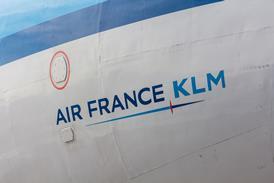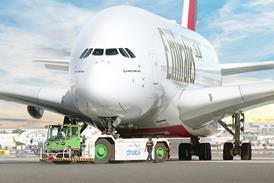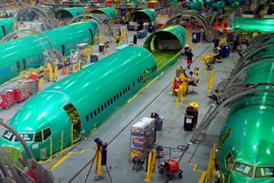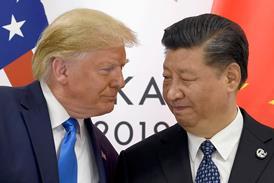Japan Airlines plans to be "reborn" after filing for bankruptcy protection, and making a slew of strategic decisions that could fundamentally change the airline in a few years.
The carrier filed for bankruptcy in January as part of a government-led financial restructuring plan. The Enterprise Turnaround Initiative Corporation, a government-agency tasked with turning around debt-laden companies, will inject ¥300 billion ($3.3 billion) into the carrier and give it a separate ¥600 credit line. Creditors have also agreed to forgive ¥730 billion of the airline's ¥2.3 trillion in debt.
Under the restructuring plan, JAL will renew its aircraft fleet and retire dozens of older aircraft, cut unprofitable routes, and shed a third of its workforce, the equivalent of around 15,700 jobs, over the next three years. It also received the approval of its present and past employees to slash their pension payments.
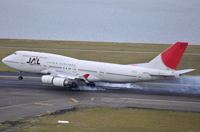 |
|---|
Inamori is widely respected for his business nous, and Prime Minister Yukio Hatoyama has "great expectations" for him. JAL also appointed long-time executive Masaru Onishi as its new president and chief operating officer, and made him responsible for the day-to-day running of the carrier. It also revamped its management team and reduced the executive officers by 11.
"With a younger, slimmer top management that is expected to comprehensively draw up and speedily implement effective measures, the JAL Group is determined to achieve a swift revitalisation of the company," it says.
But transport minister Seiji Maehara, who pushed JAL towards restructuring action, warned that "JAL will have to fly on its own after three years". "Looking to the future for the aviation industry, we have to determine if two mega-carriers should exist or not," he adds.
|
|---|
Allowing JAL to declare bankruptcy was, in itself, a significant move. Successive Japanese governments have preferred to spend trillions of yen keeping companies alive. But Hatoyama's Democratic Party, which dislodged the long-ruling Liberal Democratic Party in 2009, campaigned on a platform of change. Its treatment of JAL is a lesson to other Japanese companies, say analysts. "What this has shown is that the nation won't just take total care of a company, that they've now said they'll let badly-run companies fail," says Koichi Ogawa, chief portfolio manager at Daiwa SB Investments in Tokyo.
JAL has also resisted SkyTeam's advances and opted to stay with the oneworld alliance, and plans to apply for anti-trust immunity on transpacific routes with fellow alliance member American Airlines. That decision ends months of competition between SkyTeam and Delta Air Lines - which offered a $1 billion financial package to persuade JAL to switch alliances, and American and oneworld which counter-offered a $1.4 billion package.
The US-Japan Open skies agreement allows JAL and its partners to take advantage of the opening of a fourth runway in October at Tokyo's Haneda Airport, which will then allow scheduled international services. JAL suspended 12 domestic routes and slashed flight frequency and capacity on three international routes out of Tokyo's Narita Airport in January, and this is just the first step. Doubts, however, persist about the viability of its network.
"I am not worried about the future of the carrier as I believe the government will strongly support it," says Yasuhiro Matsumoto, credit analyst at Shinsei Securities. "But whether it will be able to grow as a business is unclear. I can't see how JAL is going to build its network domestically and internationally."
Read our earlier analysis on the challenges facing JAL
Source: Airline Business

